
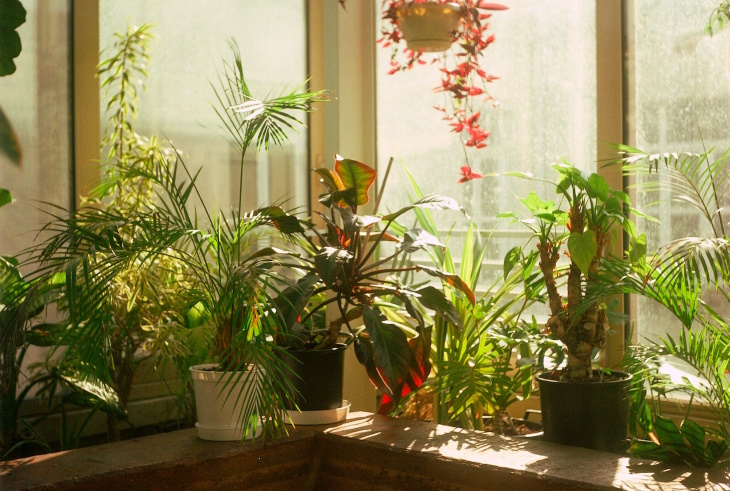
There’s a whole world of gardening supplies out there. However, if you’re only just beginning to familiarize yourself with them, we recommend that you start slow and begin with the basics. Here’s a list of basic supplies one needs to start a windowsill garden.
Consider which type of container would work best for your home. A few plastic or clay pots are probably the simplest option that will work for an indoor windowsill garden. However, a window box is best suited to an outdoor setting. You can also hang a small hanging basket on a ceiling hook (or even a curtain rail). Whatever container you end up choosing, make sure it comes with drainage holes.
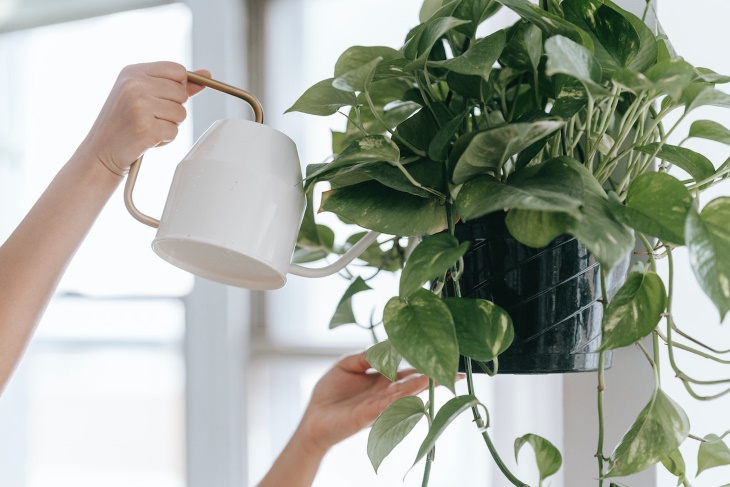
As a very general rule, most houseplants will thrive in bright indirect light. For success, choose a window that gets plenty of sunlight. Typically, southern, southwestern, southeastern, western, or eastern windows provide plenty of light. Northern windows tend to get less sunlight throughout the day, so not all houseplants may grow well there.
Related article: A Friendly Lighting Guide for Your Houseplants
If you have a nice and sunny windowsill in your home, you’ve hit the gardener’s jackpot. A huge variety of plants – indoor plants, flowers, herbs, and even many vegetables – will gladly grow there. It all ultimately depends on your esthetics and wishes. That being said, we’ve prepared a short list of plants that are both low maintenance and will look gorgeous on a windowsill:
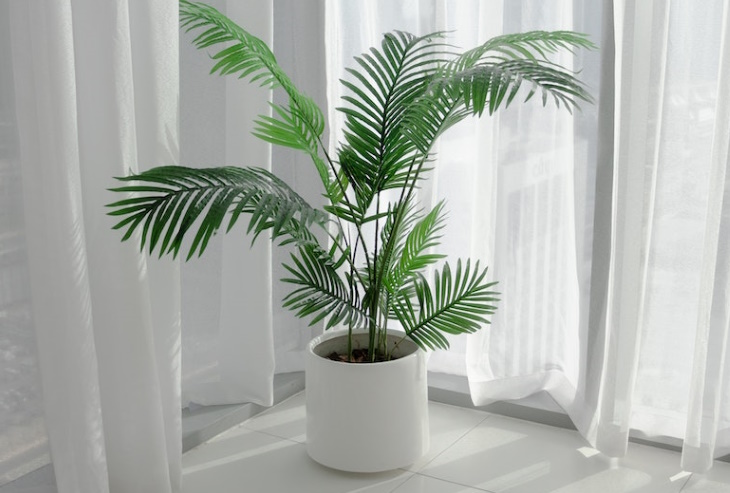
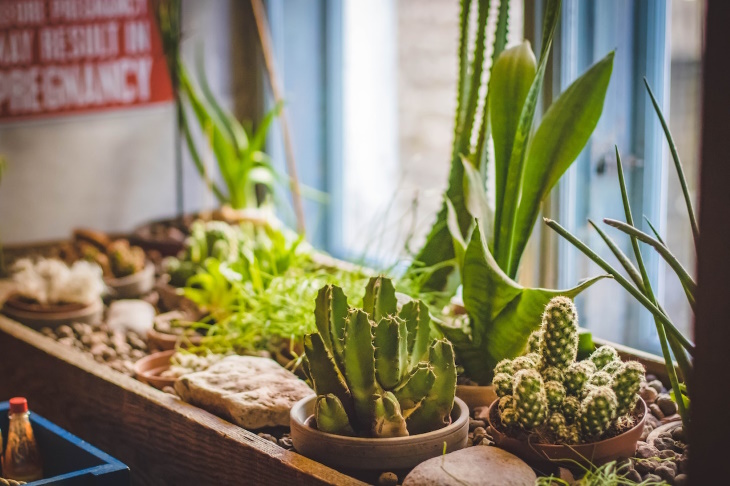
You often see people trying to grow cacti and succulents on shelves. While it’s true that these houseplants are low-maintenance in the sense that they require very little watering, these attempts are often unsuccessful for the simple reason that both of these types of plants require plenty of consistent sunlight all year. Otherwise, succulents and cacti start looking shriveled and eventually get root rot; succulents shaped like flowers also tend to look very stretched out when they don’t get enough sun.
So, the best place to grow succulents and cacti indoors is on a windowsill. Plant them in clay pots to prevent overwatering, and promote drainage even further by planting them in loose soil with plenty of sand, perlite, and pumice. After watering, the majority of water should be running out of the drainage hole, keeping the soil lightly damp. Only water once the soil is bone dry.

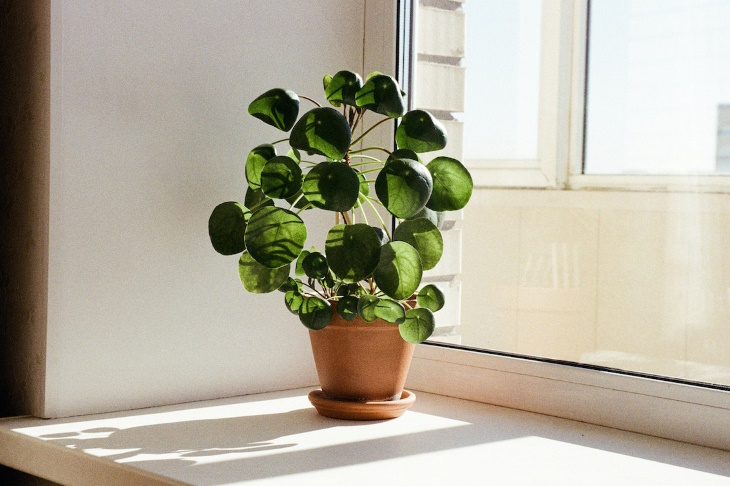
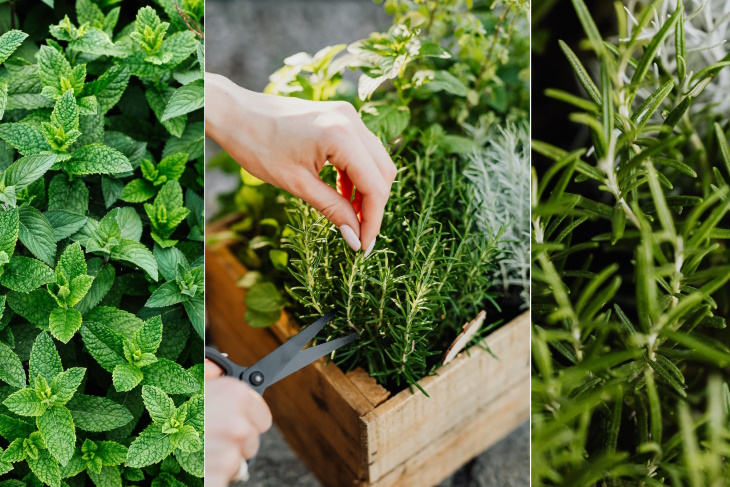
Perfect for the kitchen windowsill, fresh herbs will give your indoor space a touch of green while also adding flavor to your favorite dishes. It’s wonderful to have fresh herbs in the kitchen year-round, and it’s easy too. You can even plant several types of herbs in a single big container. Just make sure to group them according to their water needs.
Our favorite herb combinations are:
Mint is the exception to this rule. We recommend growing mint in a separate container, as it’s a rapid grower and will take over the entire pot, superseding all other plants.
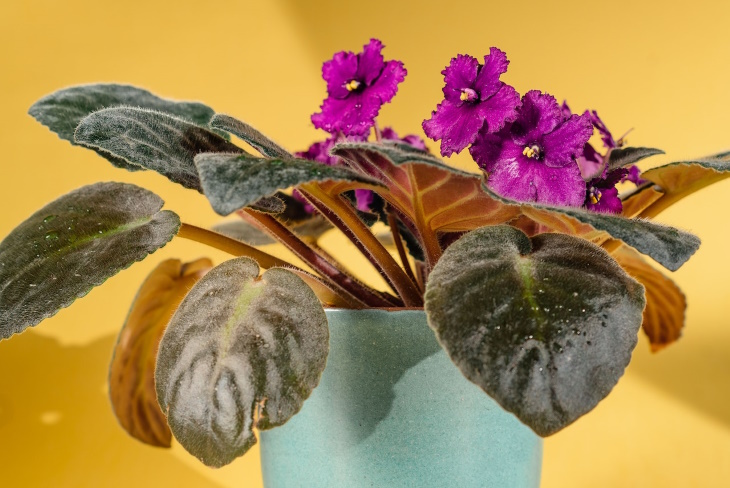
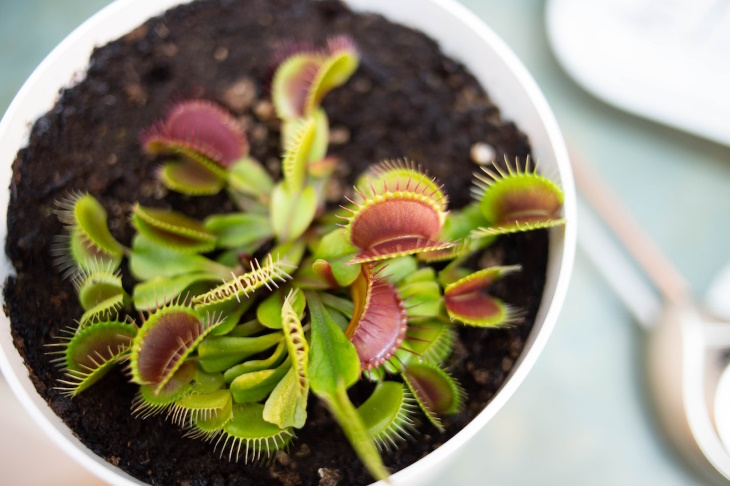
If ordinary plants just don’t do it for you, you can always grow something more unique like a predatory plant. The Venus flytrap is probably the most easily accessible predatory houseplant out there. Watching its trap clamp shut once you stick a finger in it is weirdly satisfying. This plant stays quite small too, so it will surely look nice on a windowsill.
Do keep in mind, however, that Venus flytraps are known to be a bit finicky. They must be grown in moist sphagnum moss and watered with filtered water or rainwater, as any minerals will kill the plant. Venus flytraps also require lots of humidity, so people find that the best way to grow them is by keeping the pot in a shallow plate with water and watering the plant by topping up the plate. A couple of times a month, you’ll also need to feed the plant with fish food flakes, flies, or other insects.
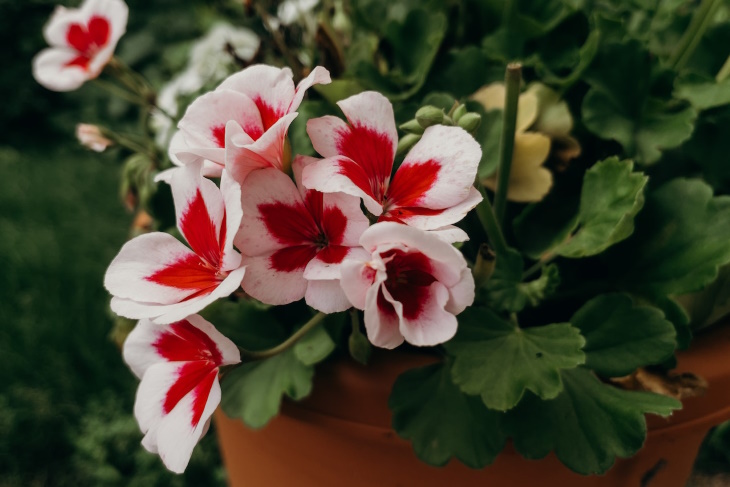
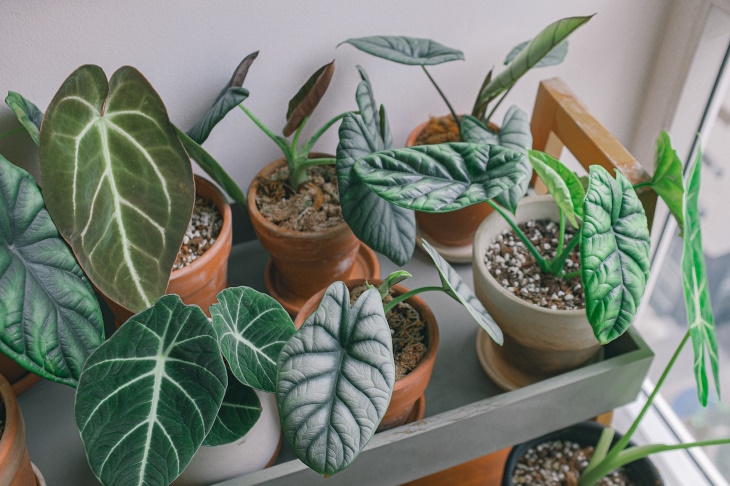
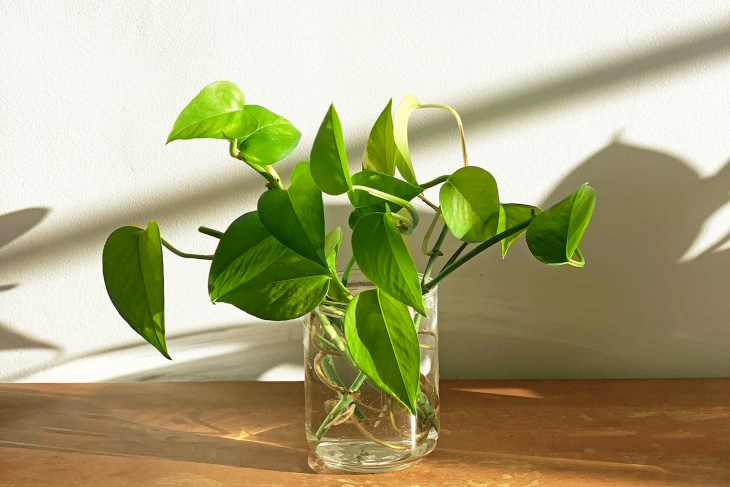
For those of you who have some houseplants here and there around your home and would like to make more plants out of your existing plant collection, a sunny windowsill also serves as a wonderful propagation station. I find that the extra sunshine and warmth will make plant cuttings sprout new roots much faster than they do in the shade.
Try this with some easy-to-propagate plants like golden pothos vines monstera deliciosa, and you’ll be surprised by how fast they will develop long roots in water and be ready to plant in soil. To learn more about plant propagation, go here: Plant Propagation 101 - Easy Ways to Multiply Any Plant
So you were bitten by the gardening bug, and you’re ready to start your windowsill garden. That’s amazing! But before you go, read these useful tips to ensure gardening success:
1. Choose your containers wisely. If you rarely water plants, go for ceramic or plastic pots. However, if you’re an overwaterer or have plenty of desert plants like cacti and succulents, opt for clay pots. There are a few other options too; we explain it all here: How to Choose the BEST Pots For Your Houseplants

2. Wash the windows often. To make sure that the windowsill you’ve populated with plants gets the most sunshine, wash the windows. Dirt and water droplets on the window can cause the light to scatter, depriving your plants of the sunshine they need to be happy and healthy.
3. Clean those leaves twice a month. Just like dirt on the glass, dirt on the leaves can block sunlight and photosynthesis. This trick also helps prevent and spot plant bugs early, so it’s also crucial for your plants’ long-term health. Take a damp clean cloth, and wipe the leaves gently until clean. As for plants with thin and delicate leaves, like rosemary or thyme, you can also give them a rinse in the shower.
4. Plant houseplants in the right soil. Unlike the soil in your garden, the soil in containers can be customized to help your plants thrive and grow. Take advantage of this by using the right soil for various plants. For example, your herbs and cacti need very different soil; the former needs more compost, fertilizer, and water retention in the soil, whereas the latter will benefit from plenty of drainage materials. Read up on this article to learn everything about potting mixes: Potting Mix Guide: How to Customize and Choose Potting Soil
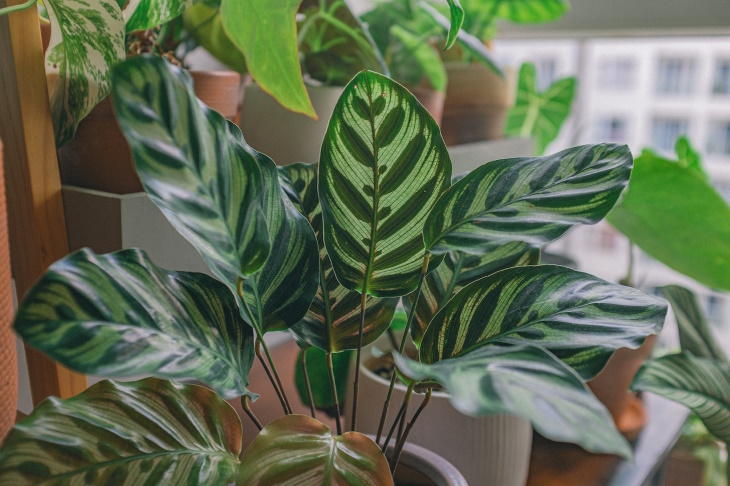
5. Know how much water to give each plant. As we’ve tried to point out throughout the article, different plants have different hydration needs. Watering needs are typically determined by the habitat a plant is originally from (desert, tropical forest, etc.). We highly recommend reading about the plant species you decide to get and how much water each of them requires. For example, it could happen that you only need to water your cacti once a month, but your African violets need watering twice a week.
6. Insulate your windows in winter. Many plants are very sensitive to cold damage, and a cold gust of wind can freeze and wilt its leaves or worse – cause root damage. So let our last tip be that insulating the windows will prevent this from happening (as long as you don’t let plant leaves touch the glass), and it will save you money on utility costs too.